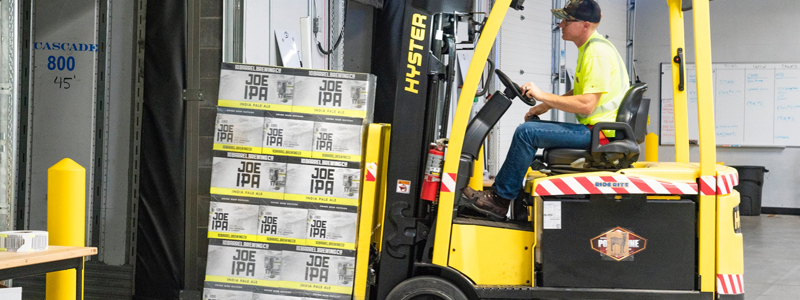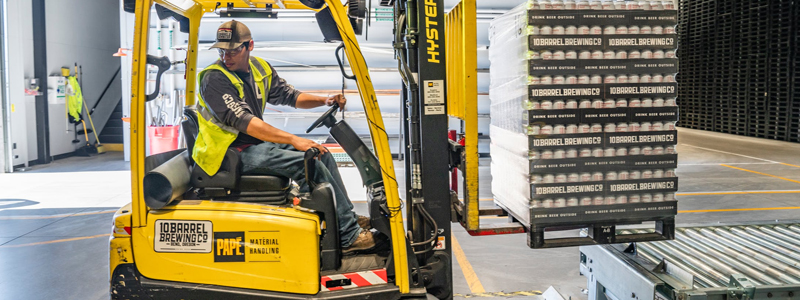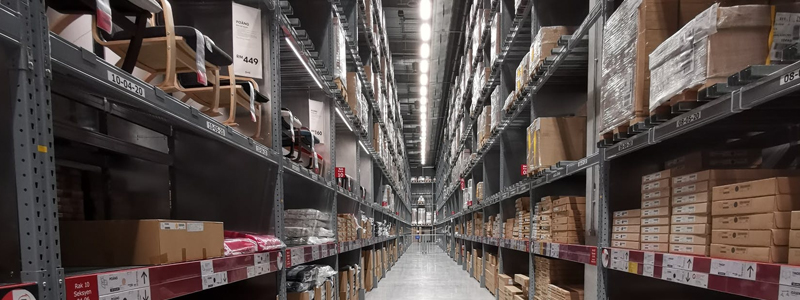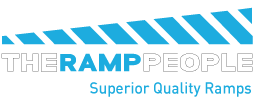
What are the biggest warehouse safety issues and how to solve them
Warehouse and other industrial settings are some of the most dangerous work environments around. The transportation and storage sector has the third-highest worker fatality rate each year after construction and agriculture. Identifying warehouse safety issues and proactively solving them is vital to protecting your workforce as well as equipment and the warehouse itself. You can also save you significant costs in sick pay from work-related injury in the long run and protect expensive equipment. There is a wide range of risks in warehouses and other industrial settings to look out for but there are a few main areas that pose the most risk and are most commonly responsible or injury and other issues.
Vehicles
Unsurprisingly, vehicles and heavy machinery pose the biggest risk in warehouse settings. Their size and sometimes complex mechanics can make them difficult to control and tend to cause the most damage or injury when they are involved in accidents. They require in-depth training to operate them and need ongoing training to make sure that they continue to be used safely. Resolving this safety issue should consist of preventative measures as well as further measures to reduce damage or injury if an accident does occur. The main issues with vehicles include:
- Controlling vehicle movement
- Managing pedestrian and vehicle interface
- Loading and unloading vehicles
To minimise the potential for vehicle accidents to occur, training is vital. Ensure that you have a person appointed to vehicle safety and that they are up to date with the specific operational and safety requirements for each vehicle and piece of machinery. They should be responsible for championing safe operation of all of these vehicles and ensuring that employees are trained properly and that those that aren’t don’t use them. Additionally, training shouldn’t a one-off. You need to continue to refresh training if there are no updates to the safety protocol so that you can be sure employees are always aware of best practices. It’s also your job to enforce the use of these best practices with appropriate supervision and checks.
It’s just employees using the vehicles or machines that need training. All employees, whether they are going to be using them are not, should be briefed on best safety practices as a pedestrian around these vehicles. This should include keeping a safe distance and paying attention to the movements of the vehicle to make sure they aren’t in the way or in danger if something goes wrong with the operation of the vehicle.
As well as training, you can use signs throughout the warehouse as a preventative safety measure. These signs should be placed in key areas where certain vehicles or machinery like forklift trucks are used most often and should detail key best practices. They can also simply warn employees, both those operating the machines and other pedestrians that might be in the area, to remember their safety training.
Finally, look at ways that you can minimise damage or injury if an accident with a vehicle does happen. There should be a safety and first aid plan for all employees that details what to do if there is an accident and how to reduce serious injury. You can also help protect the vehicles and the warehouse itself with the use warehouse protection equipment. Dock bumpers and protectors for columns or racking can help to absorb an impact in the case of an accident any reduce damage to both heavy machinery and warehouse equipment which can be crucial in reducing potential costs.
Fall, collapse and breakages from materials
As well as a collision from vehicles there are many other reasons warehouse equipment or materials may pose a risk. Old or poorly constructed equipment, as well as other general accidents, can cause racking to collapse and other issues with warehouse materials. These can cause serious injury and can be extremely costly so it’s important to put as many preventative measures in place as possible.
Make sure that any new equipment such as new racking is assembled safely. Seek advice and guidance from suppliers if in doubt and always have professionals put together any equipment. It’s also a good idea to keep a good record of when equipment is put up so that you can keep track of how old it is. As with vehicle safety, appoint someone to take responsibility or ensuring that equipment is put up correctly and that they regularly check it to make sure that it stays safe over time.
Preventing slips, trips and falls
Finally, falls and slips are also one of the most common risks in warehouses. This is especially important in workplaces where employees may be handling oils, chemicals and other liquids that may often spill and pose a safety risk. As well as providing regular training to make sure that employees know what the right protocol is in case of a spill in your workplace, there are some measures you can put in place to both prevent injury from spills or reduce the injuries if accidents to occur.
Make sure you clearly signpost any areas where liquids or chemicals are being used to warn employees to be careful when handling these materials and to outline the relevant steps if an accident does happen. In the midst of an accidents employees may not immediately remember the correct process so it’s important to give at least a brief reference to help them remember.
You can also use equipment to help reduce the risk of slips and falls. Anti-fatigue mats, for example, come in a wide range of options with materials that are resistant to oils, chemicals and a range of other liquids that might be used in industrial settings. Their anti-slip surface can help to prevent employees from falling if there is an accident while cushioning can help reduce injury if they do slip. Anti-fatigue mats have the added benefit of reducing work-related illness that can occur from the stress and impact of standing for long periods and is often another risk in warehouse settings.
You should also have equipment to help highlight areas where a spill has occurred to keep employees away from the area before it is cleaned. Depending on the liquid this might just be a small stand up sign that can be placed in the middle of the spill site that warns employees of a wet floor. Where there are chemicals or other riskier liquids being used that may take longer to clean up and pose more of a risk to employees then you may want to invest in some type of fencing. You can find expandable barrier fences that are lightweight and easy to store or move around but are highly visible and can be used to block of areas and protect employees.
Get the right equipment for warehouse safety
At The Ramp People Ireland, we offer a range of warehouse safety equipment such as dock bumpers, column protectors and anti-fatigue mats as well as other road safety equipment including barrier fences. Talk to one of our team today to find out how we could help you protect your employees and improve warehouse safety.
